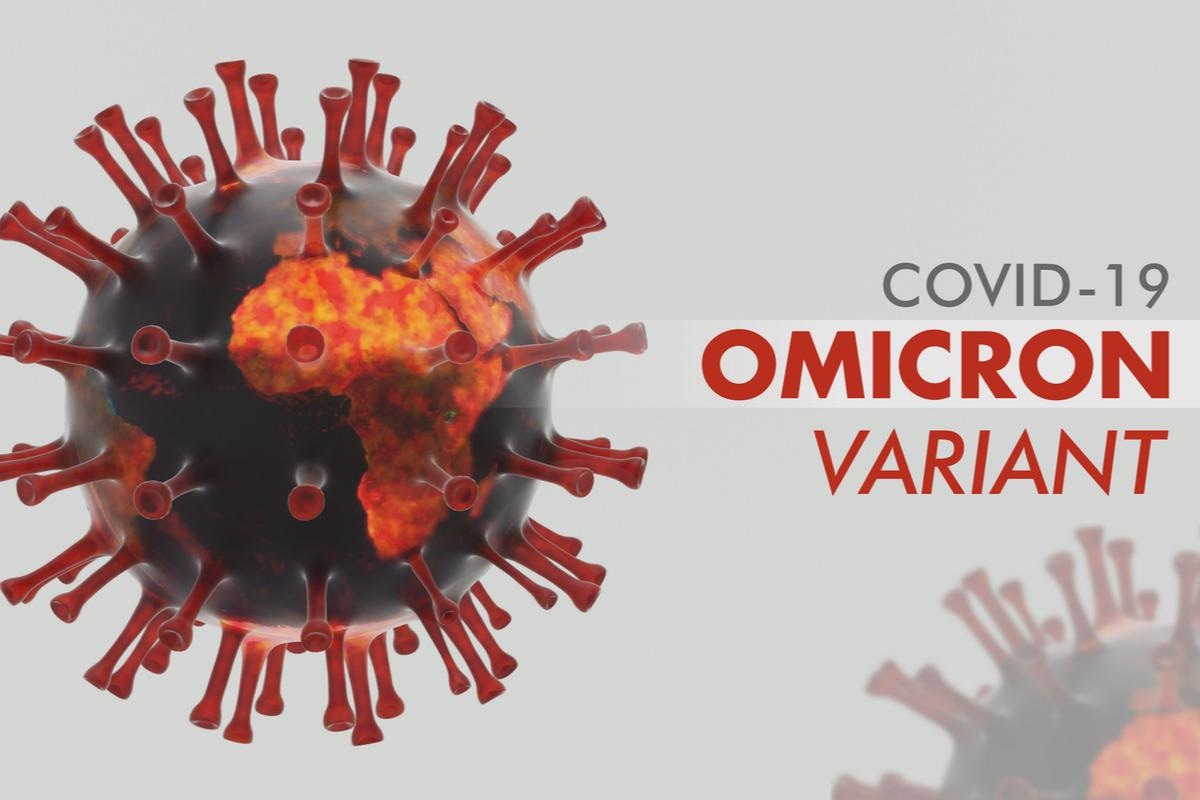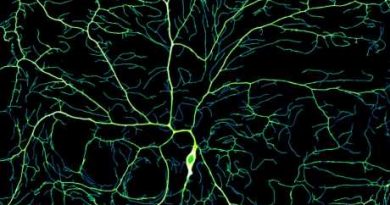Mutational landscape of SARS-CoV-2 Omicron variant
New research published in the bioRxiv* preprint server suggests mutations on the receptor-binding domain (RBD) of the Omicron variant exert indirect effects that reduce antibody binding to epitopes and promote immune evasion. Additionally, the mutations on the RBD may play a role in increasing transmission.
 Study: Insights on the mutational landscape of the SARS-CoV-2 Omicron variant. Image Credit: Carl DMaster/Shutterstock
Study: Insights on the mutational landscape of the SARS-CoV-2 Omicron variant. Image Credit: Carl DMaster/Shutterstock
Understanding the type and location of Omicron’s mutations on the RBD can give scientists a clearer picture of how these mutations influence antibody responses.
The study
The researchers used amino acid interaction networks to survey the Omicron variant’s mutational landscape. Amino acid interaction networks effectively analyze the presence of mutations and how they impact nearby antibody epitopes. Their receptor binding domain epitope map included at least ten antibodies responsible for the major antibody responses.
Omicron mutations were found in receptor binding domain sites that interact with all tested antibodies. This differs from the mutations on the RBD of the Beta and Delta variant, which interacts with only two classes of antibody epitopes.
Omicron mutations, including N440K, G446S, G496S, and Q498R, are associated with increased antibody escape efforts against class 3 antibodies. Additionally, Omicron mutations also indirectly impact class 4 antibody epitopes.
While indirect networking would typically suggest that these mutations are unlikely to confer significant class 4 antibody escape in isolation, it is plausible that the combined indirect effects of these four mutations—which confer major chemical changes—could meaningfully alter the local structure in this RBD region and thus perturb class 4 antibodies,” confirmed the researchers.
Omicron mutations also increase escape depth from class 1 antibodies at a higher rate than escape mutations observed in the Beta variant. This is likely because the Omicron variant has extra mutations in class 1 antibody epitopes beyond the shared K417N mutation. The Omicron mutations appear to have accumulated multiple, tightly clustered mutations that give it a higher chance of remaining undetected from antibody responses and remaining tolerant of other mutations such as K417N and N501Y.
Overall, the findings suggest that the Omicron variant may increase the virus’s antibody escape efforts compare to other variants of concern.
Next, the research team looked at Omicron’s mutations and whether they helped the virus evade detection from neutralizing antibodies.
An interesting finding was that mutations were not directly at the site of antibody-antigen complexes. Instead, the mutations exhibited allosteric effects to change the structural and chemical features on the epitope surface, thereby inhibiting antibody binding. Additionally, Omicron mutations and their indirect effects may reduce binding events in antibodies that target conserved epitopes.
Because the Omicron variant appears to be more transmissible than Delta, the researchers next looked at how mutations on the RBD contribute to enhanced infectivity or if it is only through antibody escape.
Their network analysis found several Omicron mutations that did not play a major role in antibody evasion. They hypothesized two mechanisms where these mutations could instead promote enhanced transmission based on the findings.
The first mechanism involves mutations increasing angiotensin-converting enzyme 2 (ACE2) binding. A combination of mutations may confer a synergistic effect that increases ACE2 binding. Indeed, network analyses found a synergistic pair in three residues: site 498 and 501 to position 505. In other words, the H505 mutation may help regulate the synergistic ACE2 binding of Q498R and N501Y.
Another mechanism of action is that mutations, specifically S371L, S373P, and S375F, provide a fitness advantage to stabilize the IBD surface. Omicron mutations share 5 out of 7 sites that have been shown in other studies to stabilize the RBD interface when the virus has a spike receptor binding domain-down conformation.
When the researchers constructed a homology model of the Omicron receptor binding domain interface, they found that mutations on sites 373, 403, and 505 disturb hydrogen bonding between Y505 to S373 as well as Y505 to R403.
There was also an abundance of direct and indirect interactions from sites 371, 373, 375, 440, 493, and 505 across the interface surface.
The researchers conclude that increased infectivity from the Omicron variant may result from changes in the stabilization of the RBD interface in the receptor binding domain-down spike conformation.
Shifting from a destabilized to a stabilized state could promote a conformational change to the infectious receptor binding domain-up state.
*Important notice
bioRxiv publishes preliminary scientific reports that are not peer-reviewed and, therefore, should not be regarded as conclusive, guide clinical practice/health-related behavior, or treated as established information.
-
Miller, N. et al. (2021) "Insights on the mutational landscape of the SARS-CoV-2 Omicron variant". bioRxiv. doi: 10.1101/2021.12.06.471499. https://www.biorxiv.org/content/10.1101/2021.12.06.471499v1
Posted in: Medical Science News | Medical Research News | Disease/Infection News
Tags: ACE2, Amino Acid, Angiotensin, Angiotensin-Converting Enzyme 2, Antibodies, Antibody, Antigen, Coronavirus Disease COVID-19, Enzyme, Mutation, Receptor, Research, SARS, SARS-CoV-2, Virus

Written by
Jocelyn Solis-Moreira
Jocelyn Solis-Moreira graduated with a Bachelor's in Integrative Neuroscience, where she then pursued graduate research looking at the long-term effects of adolescent binge drinking on the brain's neurochemistry in adulthood.
Source: Read Full Article



